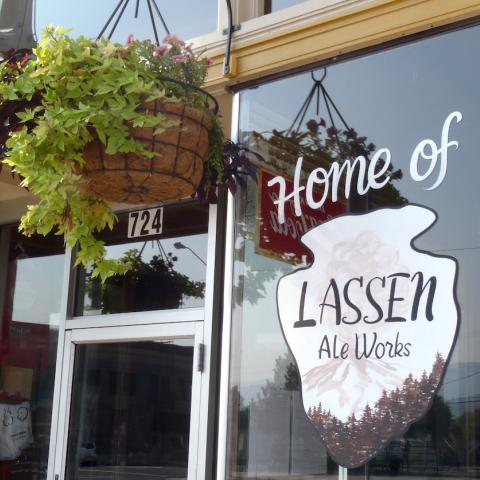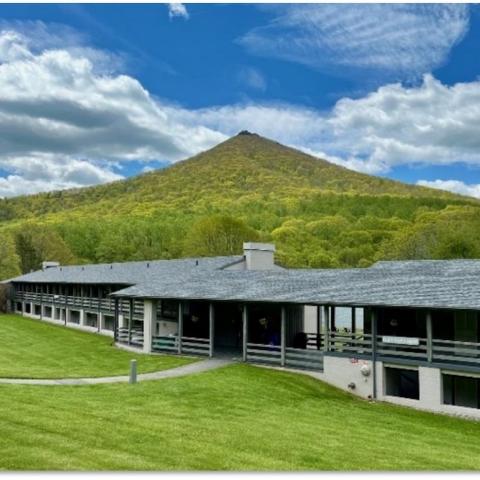A paving project designed to extend the life of pavement on the Blue Ridge Parkway in Virginia will create some snarls on the scenic road beginning July 5 and lasting for about three months.
This summer several sections of Parkway in Virginia between Milepost 27 and 175 have been identified for work as part of a Pavement Preservation Program. Work on these projects is expected to begin July 5, with the project taking approximately 12 weeks to complete.
Pavement resurfacing will take place on the following sections of main line Parkway road and paved road-side pullouts:
- Milepost 27 – 37
- Milepost 64 – 101
- Milepost 150 – 175
As with any road construction project, motorists and park users are advised to exercise caution while work is underway. In the interest of visitor safety and to ensure a smooth pavement surface at the end of the project, park visitors are asked to:
- Check the Parkway’s Real Time Road Map for regularly updated work zone information.
- Observe the 20 mph speed limit in work zones.
- Anticipate loose gravel on the road surface during the cure time for the pavement. Bicyclists and motorcyclists, in particular, are asked to exercise extreme caution as loose gravel on top of the paved surface, during the required curing time, could make it easy to loose control.
- Expect delays. Work zones will be managed by one-lane traffic control using flaggers and an escort vehicle seven days a week.
- Comply with posted overnight road closures in active work zones. Affected sections will be closed from 10 p.m. to 6 a.m., seven days a week.
- Be aware that two work crews will be working during this project. Crews will work Monday – Friday in 3-mile sections at any given time.
- (For bicyclists) When circumstances prevent keeping up with traffic, dismount and move off of the road to let the on-coming traffic pass when traveling through a single lane closure.
The pavement preservation technique that will be used on the Parkway is known as chipseal, which involves the application of liquid asphalt and stone chips to the road surface. On the Parkway, chipseal will be applied along with a fog seal application to minimize loose gravel and accumulation. This technique can require up to two days to cure properly. Several national parks, including Yellowstone National Park, have successfully incorporated chipseal in their preservation program.
The Blue Ridge Parkway inventory of paved roads includes bridges, tunnels, parking areas, spur roads, service roads, campground and picnic area roads, and the 469-mile Parkway motor route itself. Given the large inventory of paved surfaces along the Parkway, and in order to strategically invest available funding, the Pavement Preservation Program focuses on keeping the good sections good and returning fair sections to good condition. This is proving to be an effective strategy in national parks,with several studies finding that each dollar spent on pavement preservation can save between $6 and $10 in future pavement rehabilitation costs.
Across the Parkway, other road areas exceed recommended life cycles for pavement and are not suitable for pavement preservation. The Parkway has identified these sections for full scale reclamation and competes annually for funding to address these repairs. Funding for road maintenance on the Parkway comes in large part from the Highway Trust Fund, which is derived from a federal fuel tax managed by the Federal Highway Administration.



 Support Essential Coverage of Essential Places
Support Essential Coverage of Essential Places







Add comment